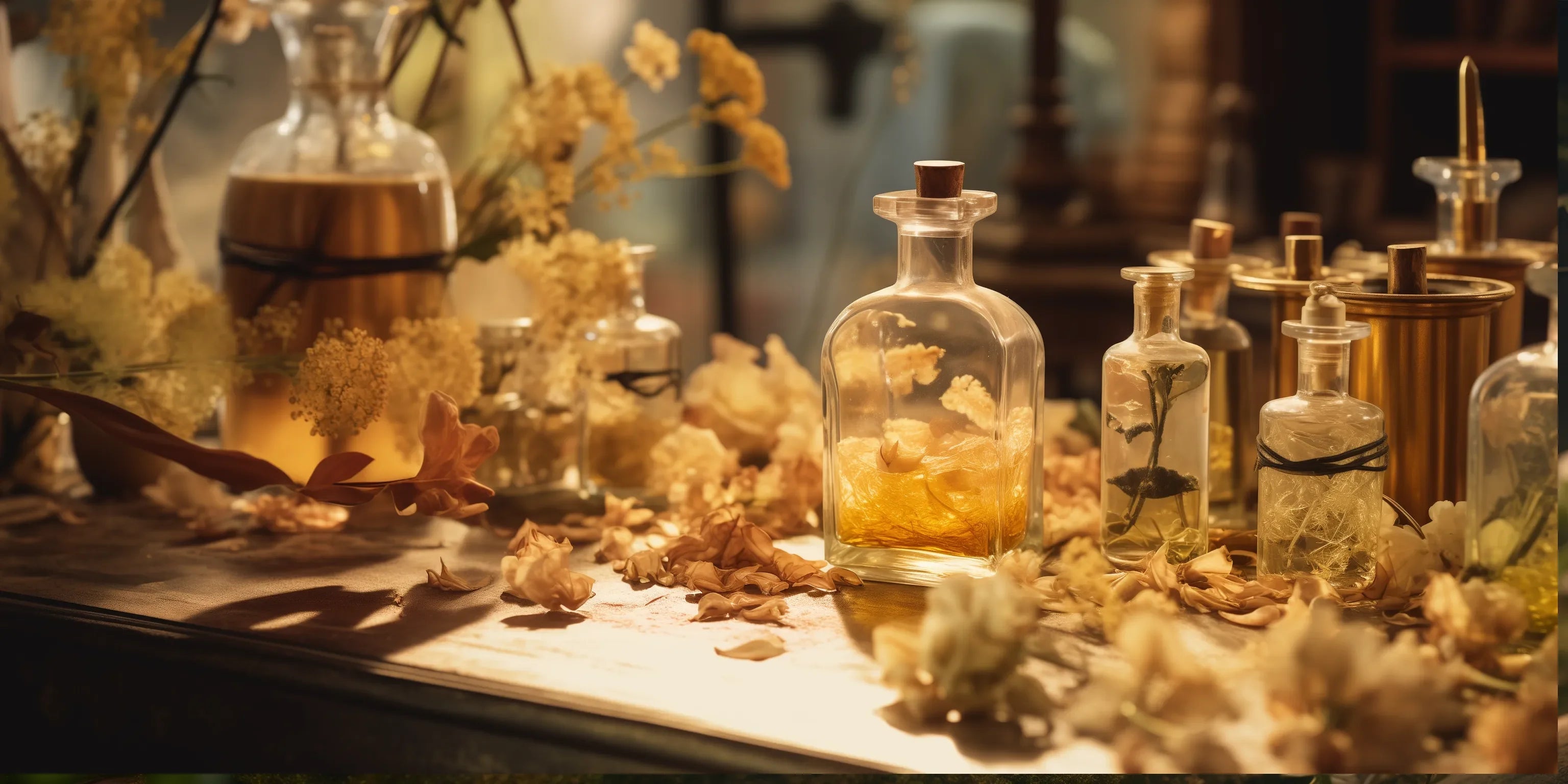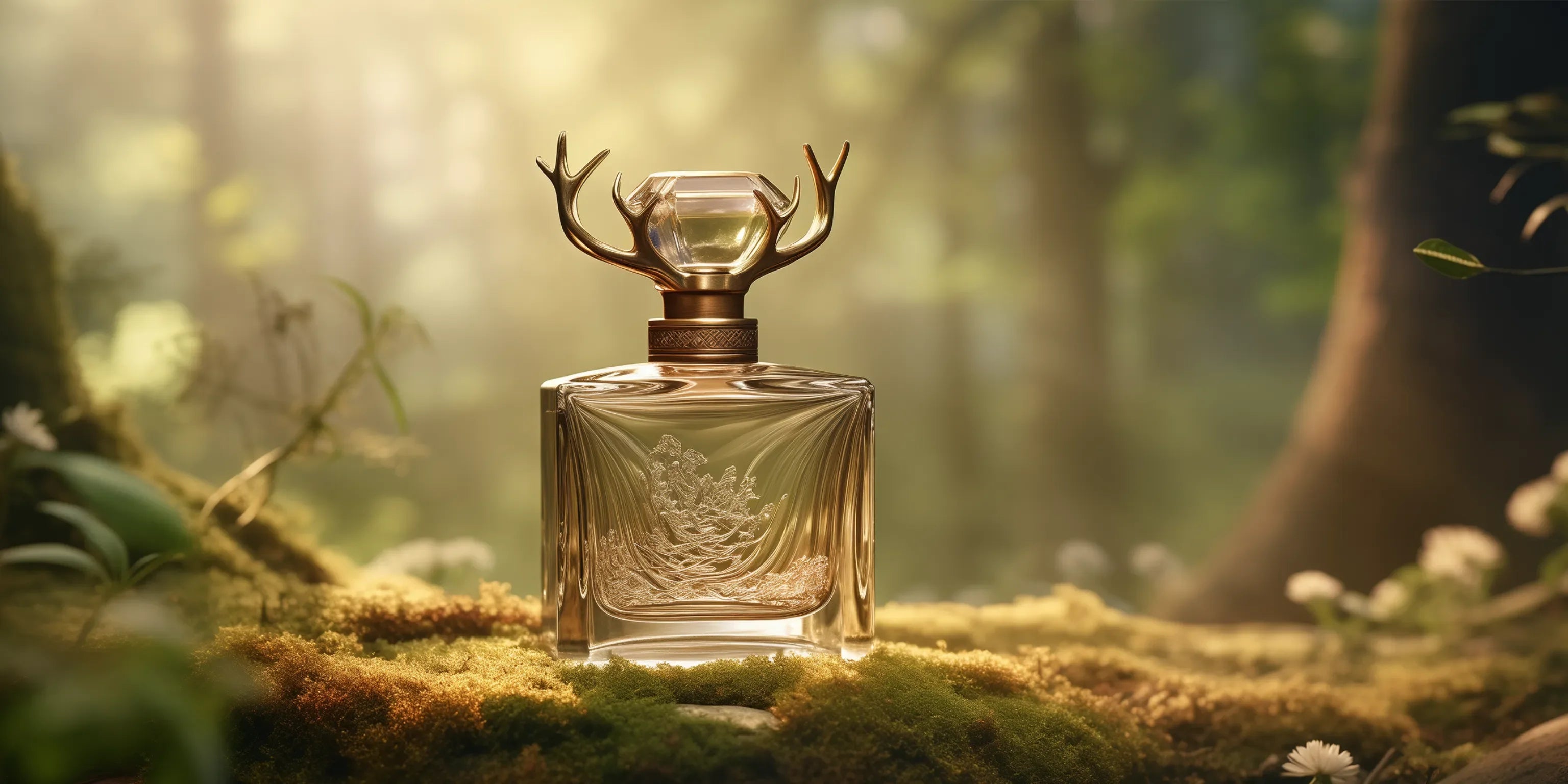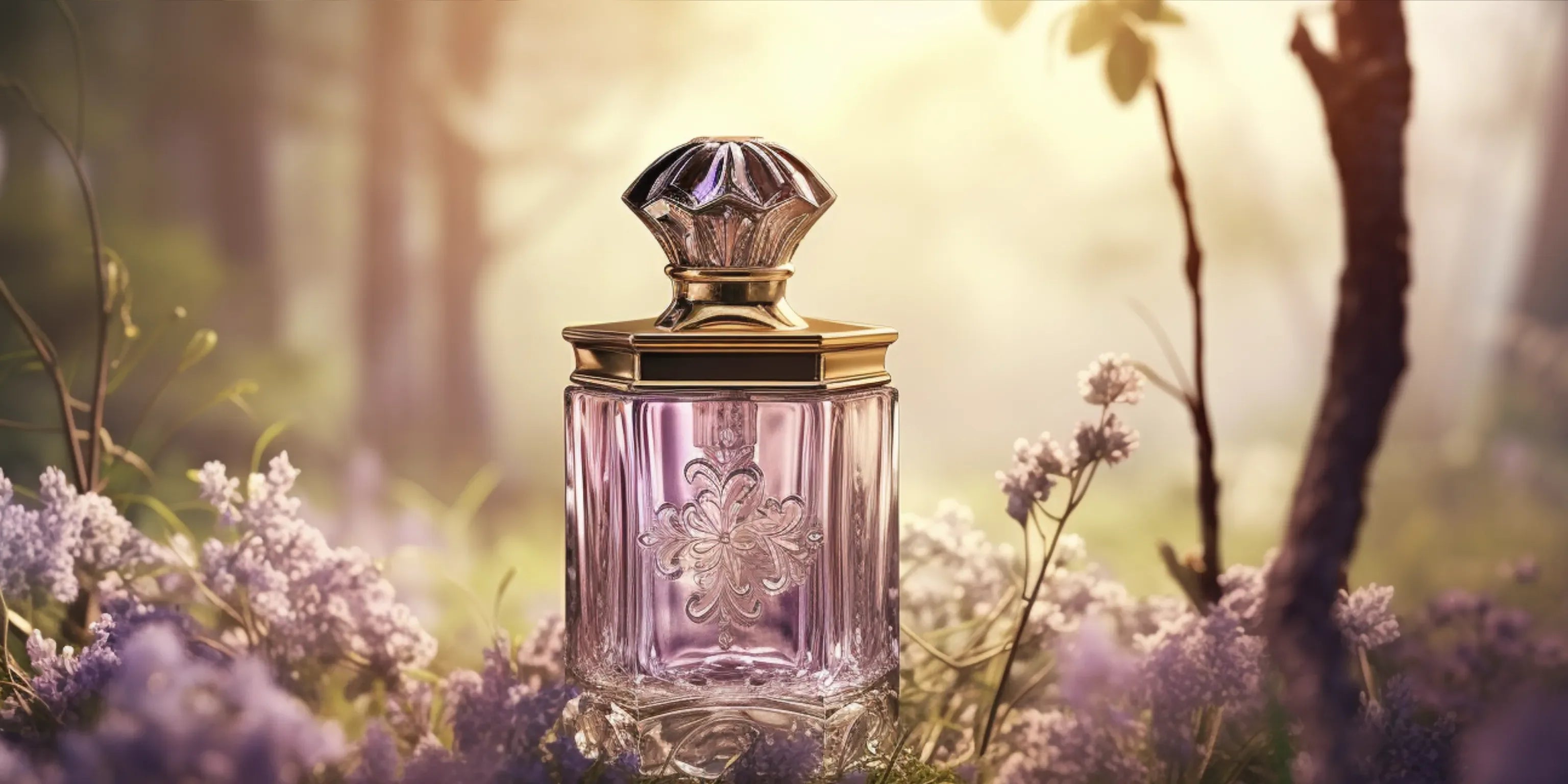
Why We Wear Perfume – Origins, Craft & Meaning
Why Do We Wear Perfume?
Perfume accompanies us daily—whether consciously chosen or instinctively applied. For many, it’s a ritual, an invisible accessory that enhances mood, evokes memories, or simply adds a sense of elegance. Some use it to stand out, others to feel more like themselves. But what really lies behind the little bottle we use so casually?
A Look Back: The Origins of Fragrance Art
Long before modern perfumeries existed, the art of fragrance played a key role in cultural rituals. Ancient civilizations like Egypt, Mesopotamia, India, and Persia used oils, resins, flowers, and herbs—not just for body care, but also in religious ceremonies and to scent their surroundings. Fragrance materials were often dissolved in fats or oils. Plants such as rose, myrrh, and sandalwood were processed through maceration, burning, or soaking in oil. Incense rituals using resins and woods were widespread—from temples to private homes.
How Fragrance Materials Are Extracted
Extracting aromatic molecules from raw materials is a complex process. Over centuries, various methods have been developed depending on the plant or resin used:
- Expression: Used for citrus fruits. The peel is mechanically pressed to release essential oil—like with bergamot or grapefruit.
- Maceration: Plant parts are soaked in warm oil to extract their scent. This method is rarely used today.
- Enfleurage: An old, almost extinct method where fresh flowers are placed on fat, which absorbs the oils. The fat is later washed with alcohol.
- Distillation: One of the oldest techniques. Steam is used to release volatile molecules. Still widely used today, for example in rose oil production.
- Solvent Extraction: Plants are treated with solvents like hexane. After evaporation, a waxy substance (concrète) remains, which is further processed into an absolute using alcohol.
- Molecular Synthesis: Modern labs can now synthesize natural-identical or completely new scent molecules. This gives perfumers creative freedom and replaces rare or protected resources.
- CO₂ Extraction (Softact®): An innovative method using pressurized CO₂ as a solvent. It allows gentle extraction—especially from spices and dried ingredients—with high purity.
Raw Materials in Perfumery
Perfumes are crafted from a wide range of materials—plant-based, animal-derived, or synthetic. Key natural ingredients include flowers, barks, woods, resins, spices, and fruits. Highly prized materials include jasmine, iris, sandalwood, cinnamon, myrrh, and vetiver. Some major fragrance houses even own their own fields to ensure stable supply chains and consistent quality.
Animal-derived ingredients like ambergris (from sperm whales), musk, and civet were historically common, but are now mostly replaced by ethical synthetic alternatives. Even classic components like oakmoss are often used in synthetic forms due to allergen regulations in the EU.
The Art of Composition
The heart of every perfume is its composition—the creative act of blending individual ingredients into a harmonious whole. This is the work of the perfumer, also called the “nose.” These experts possess exceptional scent memory and deep knowledge of raw materials, their behavior, and interactions.
Creating a new fragrance can take months or even years. Hundreds of notes are tested, rejected, and refined until the final formula is perfect. The concentrated perfume oil is then diluted with alcohol. The concentration defines the intensity:
- Extrait de Parfum: 20–30% perfume oil, very intense and long-lasting
- Eau de Parfum: approx. 15–20%, a balanced strength
- Eau de Toilette: approx. 5–15%, lighter and fresher
- Eau de Cologne: up to 5%, very light, often used in summer
Aging: The Patience Behind a Perfect Scent
After blending, perfume must rest for a period of time—this maturation phase is crucial to allow all aromatic molecules to merge and stabilize. Depending on the formula and house, this can take from several days to months. Only after aging does the perfume reveal its true character—then it is filtered and bottled.
Conclusion: Fragrance Is Both Craft and Art
Perfume is far more than just a pleasant scent. It’s the result of a finely tuned interplay of nature, chemistry, and artistic intuition. From plant to flacon, every fragrance embodies years of research, refinement, and passion. Those who understand this don’t just wear perfume—they experience it.


